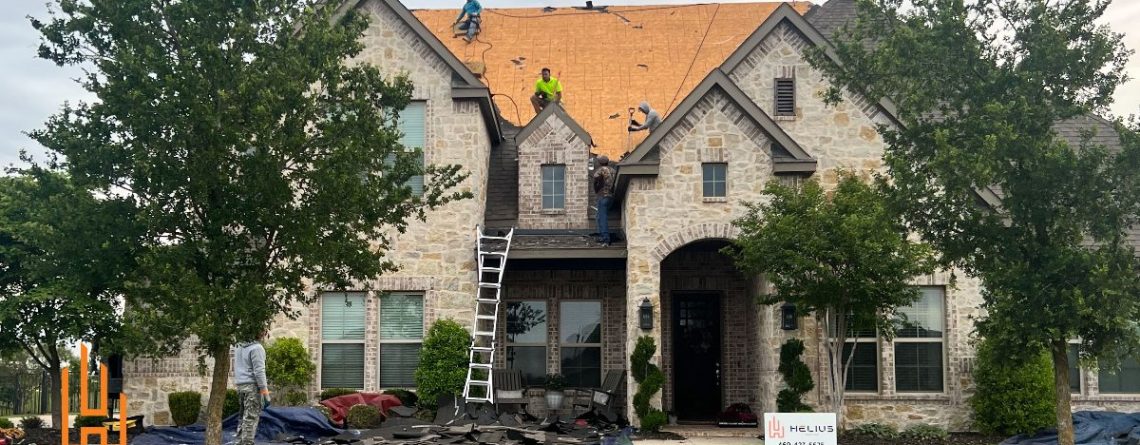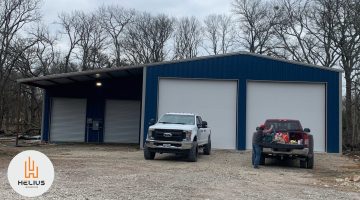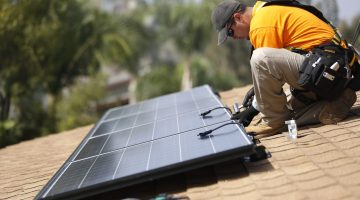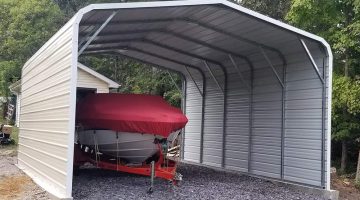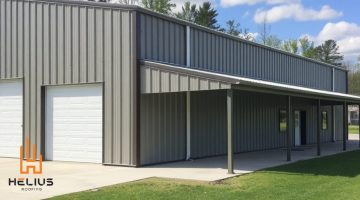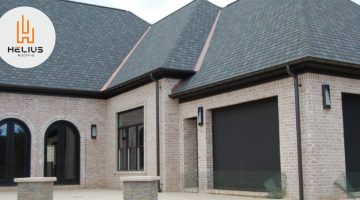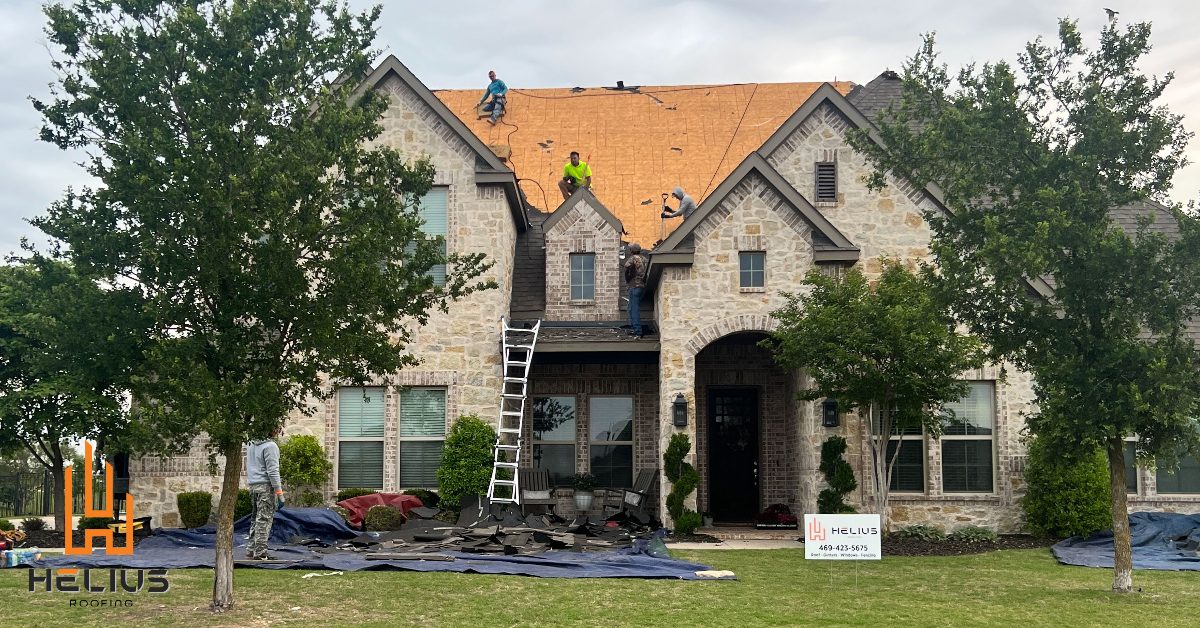
Introduction: When it comes to roof replacements, one crucial step that should never be overlooked is the complete removal of all existing roofing materials down to the decking. While it may be tempting to save time and money by layering new materials over the old ones, this practice can lead to a host of problems in the long run. In this article, we will explore the importance of removing all roofing material to the decking during a roof replacement and the benefits it provides for the overall performance, longevity, and structural integrity of the new roof.
- Assessing the Decking Condition: By removing all existing roofing materials, contractors and homeowners gain an opportunity to thoroughly assess the condition of the roof decking. The decking serves as the foundation of the roof, and any signs of damage, such as rot, water infiltration, or structural issues, can be identified and addressed before the installation of the new roof. This ensures that the decking is in optimal condition, providing a solid base for the new roofing system.
- Proper Installation of Underlayment: Removing the old roofing material allows for the proper installation of underlayment. Underlayment acts as a secondary waterproofing layer, protecting the decking from moisture infiltration and preventing leaks. When the old materials are not removed, the underlayment cannot be installed correctly, compromising its effectiveness. Properly installed underlayment helps to extend the lifespan of the roof, enhances its water resistance, and provides an additional layer of protection against external elements.
- Avoiding Weight Overload: Layering new roofing materials over the old ones can result in excessive weight on the roof structure. This added weight places undue stress on the decking, trusses, and other supporting components. Over time, the increased load can lead to structural damage, sagging, or even collapse. By removing all existing materials, the new roof can be installed within the recommended weight limits, ensuring the integrity and safety of the entire roofing system.
- Eliminating Hidden Issues and Ensuring a Proper Installation: Removing all old roofing materials allows for a thorough inspection of the roof structure. It unveils any underlying issues, such as damaged sheathing, deteriorated flashing, or compromised ventilation systems, that may have gone unnoticed. By addressing these problems during the replacement process, proper solutions can be implemented, ensuring a robust and reliable roof system. Additionally, removing the old materials provides a clean and even surface for the installation of the new roofing materials, ensuring a proper fit and reducing the likelihood of future issues.
- Improving Energy Efficiency and Longevity: Properly removing all existing roofing materials and installing a new roof allows for improved energy efficiency. It provides an opportunity to upgrade insulation materials, incorporate energy-saving technologies, or improve ventilation systems, which can help reduce energy consumption and enhance indoor comfort. Furthermore, by eliminating old, worn-out materials, the new roof can be expected to have a longer lifespan, reducing the need for premature replacements and saving significant costs in the long term.
Conclusion: While it may be tempting to take shortcuts during a roof replacement, the importance of removing all existing roofing materials down to the decking cannot be overstated. By doing so, homeowners and contractors can assess the condition of the decking, ensure the proper installation of underlayment, avoid weight overload, address hidden issues, improve energy efficiency, and enhance the longevity of the new roof. Investing in a thorough and proper roof replacement process will ultimately provide peace of mind and protect the structural integrity and value of the property for years to come.

